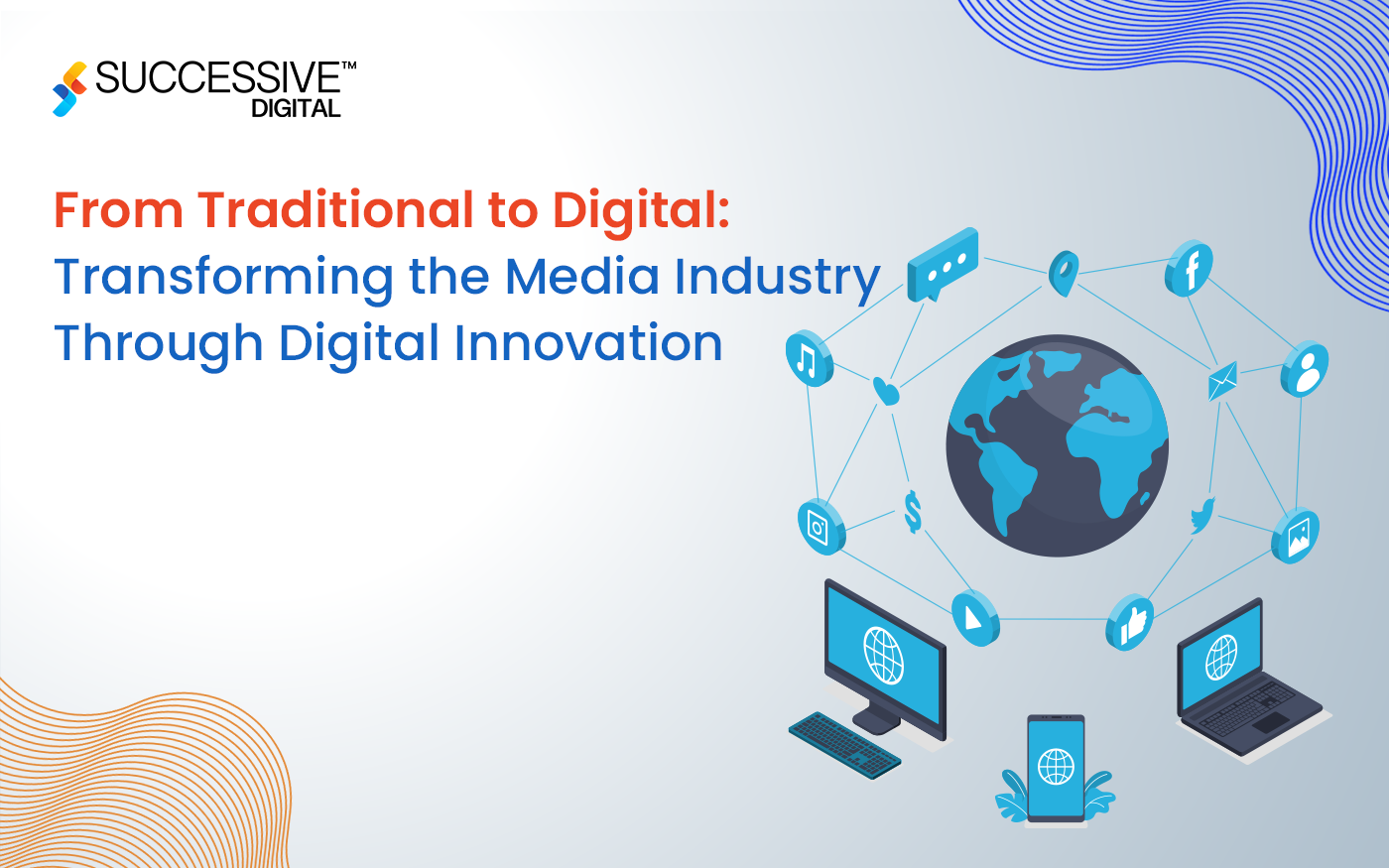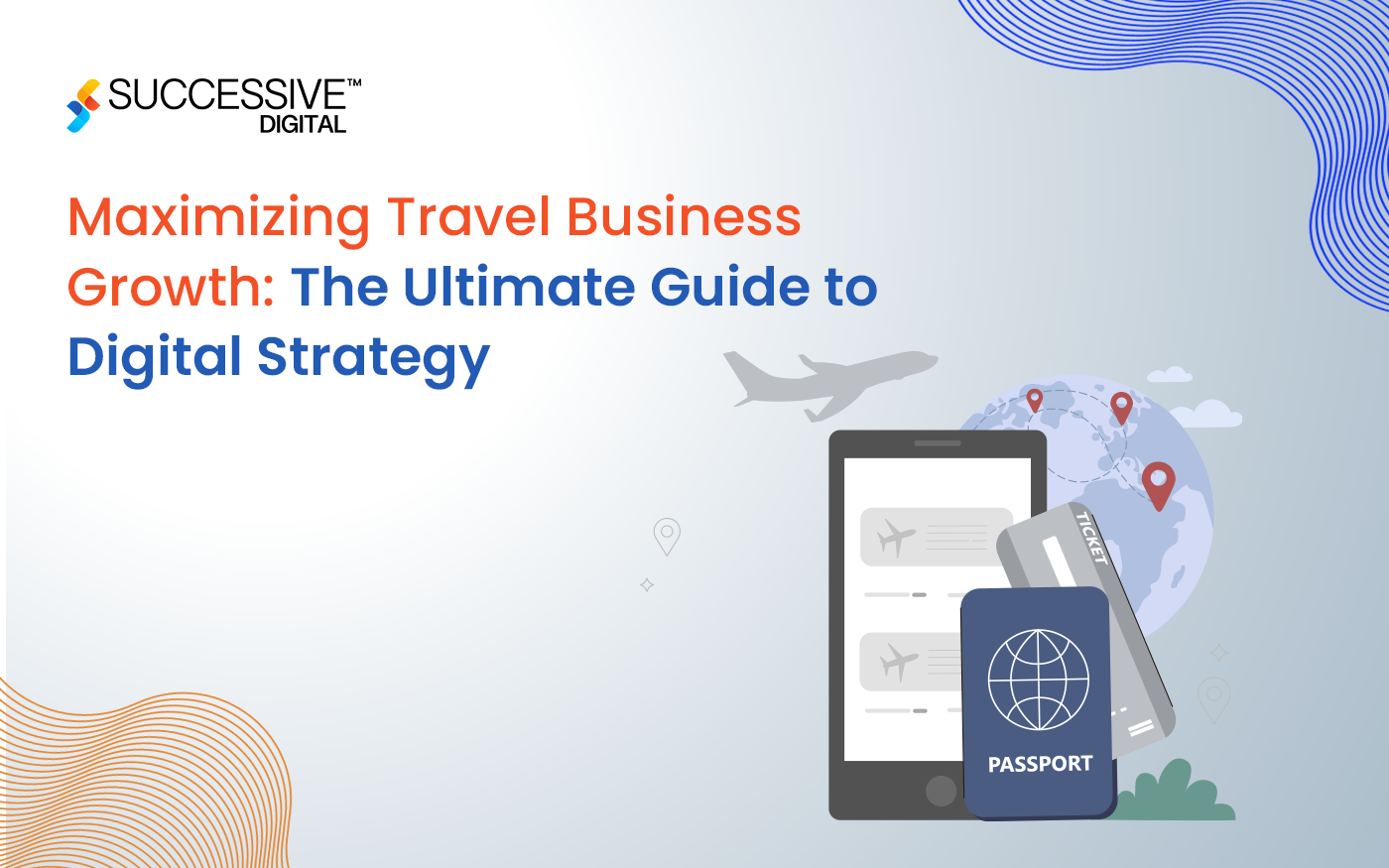Described as a persistent, immersive, shared virtual world, the metaverse is on everyone’s minds these days.
Meta (previously Facebook) CEO Mark Zuckerberg, Microsoft CEO Satya Nadella, and others have jumped into the fray, publicly expressing their belief in the potential of the metaverse. Many B2C brands have hopped on board too: Nike, Adidas, Zara, Gucci, Balenciaga, H&M, and more.
But despite the big brands making waves in this area, until recently, VR and AR adoption has been held back by the high cost of headsets and other equipment.
This is now slowly changing as headsets become smaller and prices drop. The pandemic has also accelerated this shift as the need for remote collaboration and attending virtual events drove people to seek new technology solutions. According to IDC, AR and VR headset shipments are expected to grow to 32.8 million units by 2025 at a compound annual growth rate (CAGR) of 45.9 percent.
The metaverse is poised to take over. But what does this mean for enterprises?
In this article, we’ll take a look at some of the ways in which the metaverse could reshape how modern enterprises function.
Read Why You Should Adopt Serverless Architecture
Welcome to the enterprise metaverse
Here are some of the ways in which the metaverse could fundamentally alter the way enterprises do business.
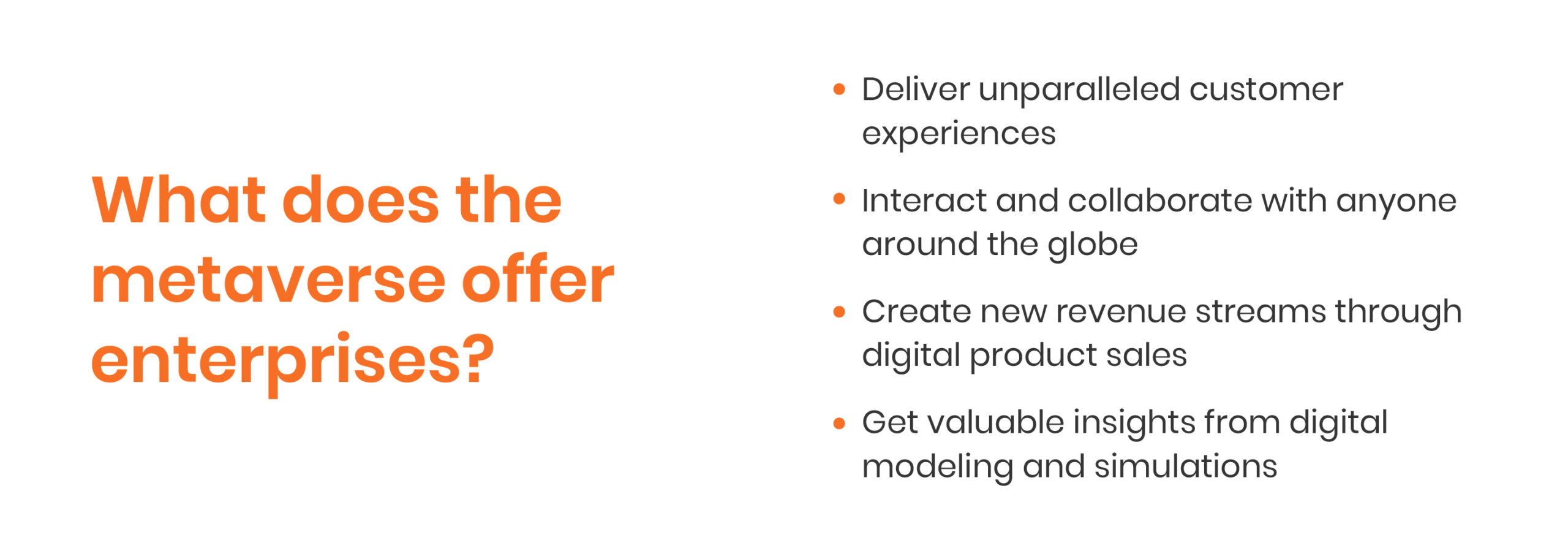
Immersive, captivating customer experiences
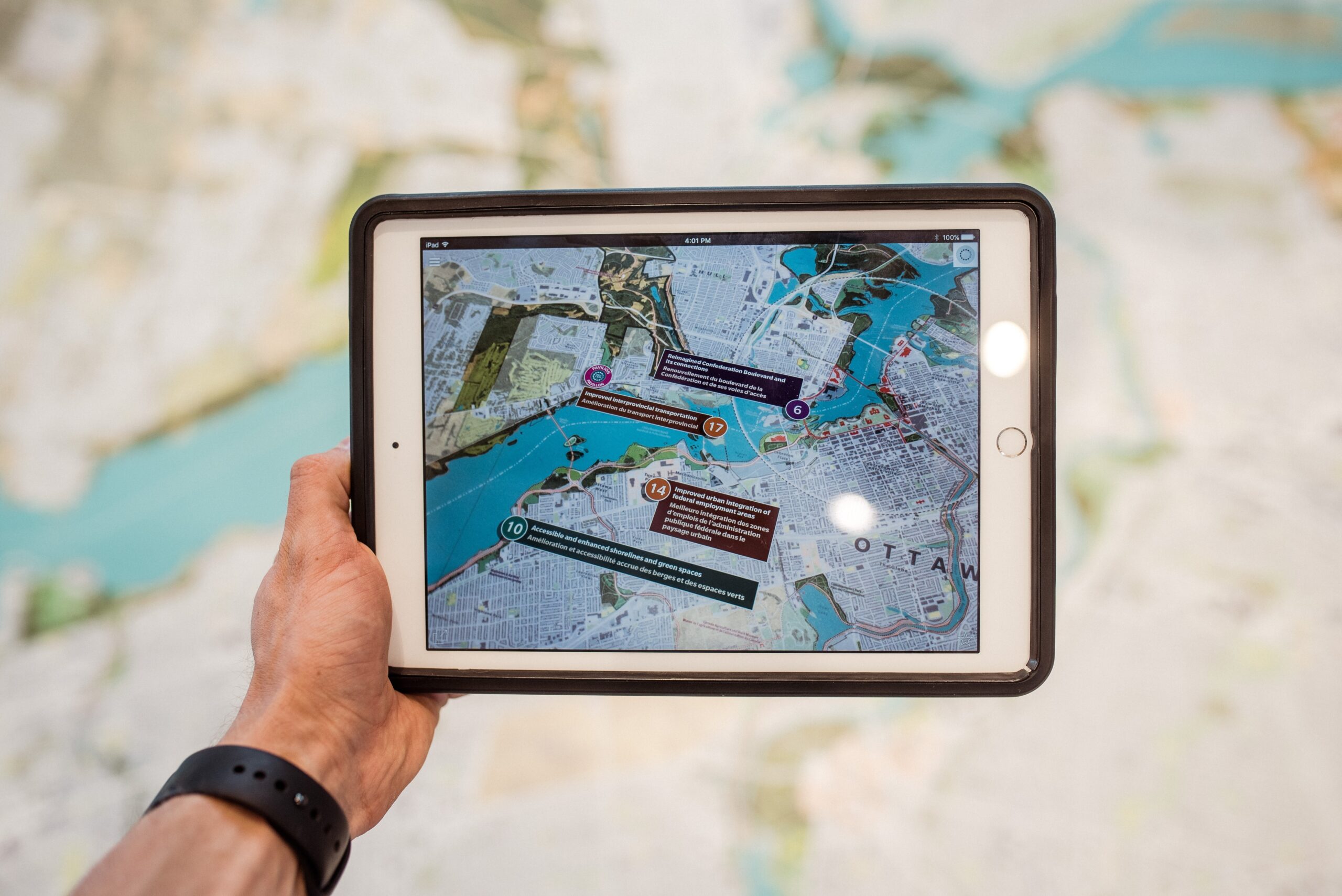
The metaverse creates an entire new dimension within which businesses can advertise their goods and services and generate new business. New forms of content and commerce could emerge, as well as new forms of community.
It’s likely that the metaverse will be the next big frontier in customer experience, given that it offers extraordinary potential to engage with customers, build long-lasting relationships, and drive revenue. Brands can offer immersive, gamified experiences that keep users hooked.
Mixed reality experiences, that blend elements of both augmented and virtual reality experiences, could soon become the default. This could drastically change the way enterprises conduct business by, for example, making it possible to have digital objects such as holograms in the real world, or replace chatbots and interactive voice response (IVR) systems with avatars.
With such new elements added to their customer experience strategy, businesses can create mixed reality components that will make people want to spend more time on their content. Whatever direction enterprises take, the metaverse has the power to redefine customer experience.
Read Creating Memorable E-Commerce Experiences with Cognitive Commerce
Seamless remote work and collaboration
In a shift that was massively accelerated by the COVID-19 pandemic, more and more work is moving online. The metaverse could add new capabilities on top of what’s possible now, creating exciting opportunities for collaboration.
We’ve already seen virtual meetings become commonplace, especially when it comes to remote workers. With the metaverse, however, business leaders could have one-on-one virtual experiences with key customers or suppliers in real-time. Instead of driving to the office, employees could have their avatars perform tasks virtually. We could soon see a shift away from conducting physical meetings at all, as people decide to meet in the metaverse instead. This would help companies maintain strong ties with their employees and customers or clients without sacrificing productivity.
Not just meetings but training and simulations could also be held in the metaverse. The entertainment industry is already using this technology (for instance, holding virtual concerts), but it could just also be used in the workplace, for training purposes and more.
Horizon Workrooms, Facebook’s app for the Oculus Quest headset, is a step in this direction. So is Microsoft’s mixed-reality collaboration platform, Mesh, previews of which are expected to be rolled out to the Teams collaboration platform as early as 2022.
If you’d like to get a better idea of what meetings and events in the virtual world could look like, take a look at Accenture’s virtual boardroom, The Nth Floor.
Digital versions of physical products
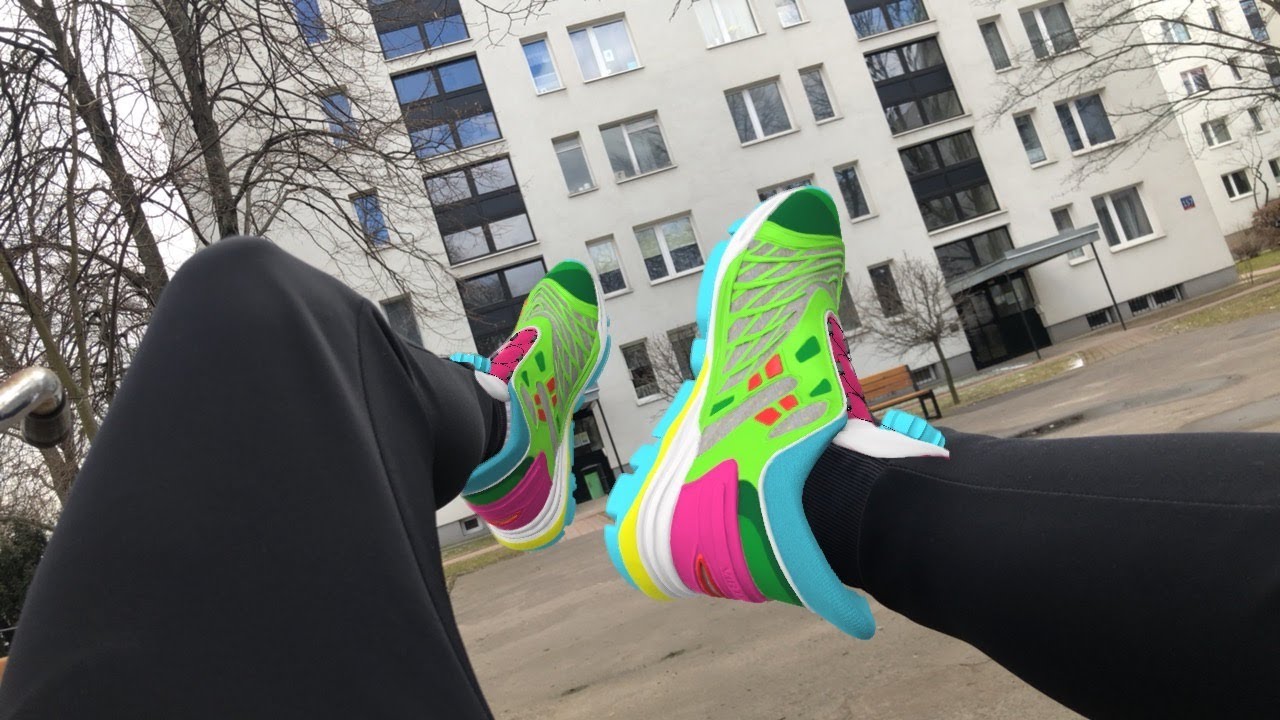
Gucci’s Virtual 25 sneakers that can only be worn in augmented reality (Source: YouTube)
People visit stores in the real world for many reasons — but a big one is because they like to be able to see what they’re buying.
Now, virtual stores can meet this need as well. Stores in the metaverse can bring captivating sensory experiences right into the customer’s living space.
The metaverse is an ideal place for brands to market their products. Brands can design virtual showrooms, stores, and experiences where people can view items before making a purchase. This approach could prove effective in specialty or luxury markets where customers want to try out the product virtually first. Customers could browse a virtual store before buying the physical product — or they could buy the digital version for their avatars to use. This would also allow people to own and experience items they wouldn’t usually be able to access.
Almost everything that we use in the real world can exist and hold value in the virtual world. So far we’ve seen virtual products such as shoes, clothes, cars, and art being sold in the metaverse. But with more and more virtual land being sold and stores opening in the metaverse, soon we’ll have entire districts and cities being replicated or created virtually. This could create all sorts of new revenue streams for businesses, especially those who are willing to seize the early mover advantage.
Read How Retailers Can Overcome Their Biggest Challenges Today
Virtual simulations to help improve quality and processes
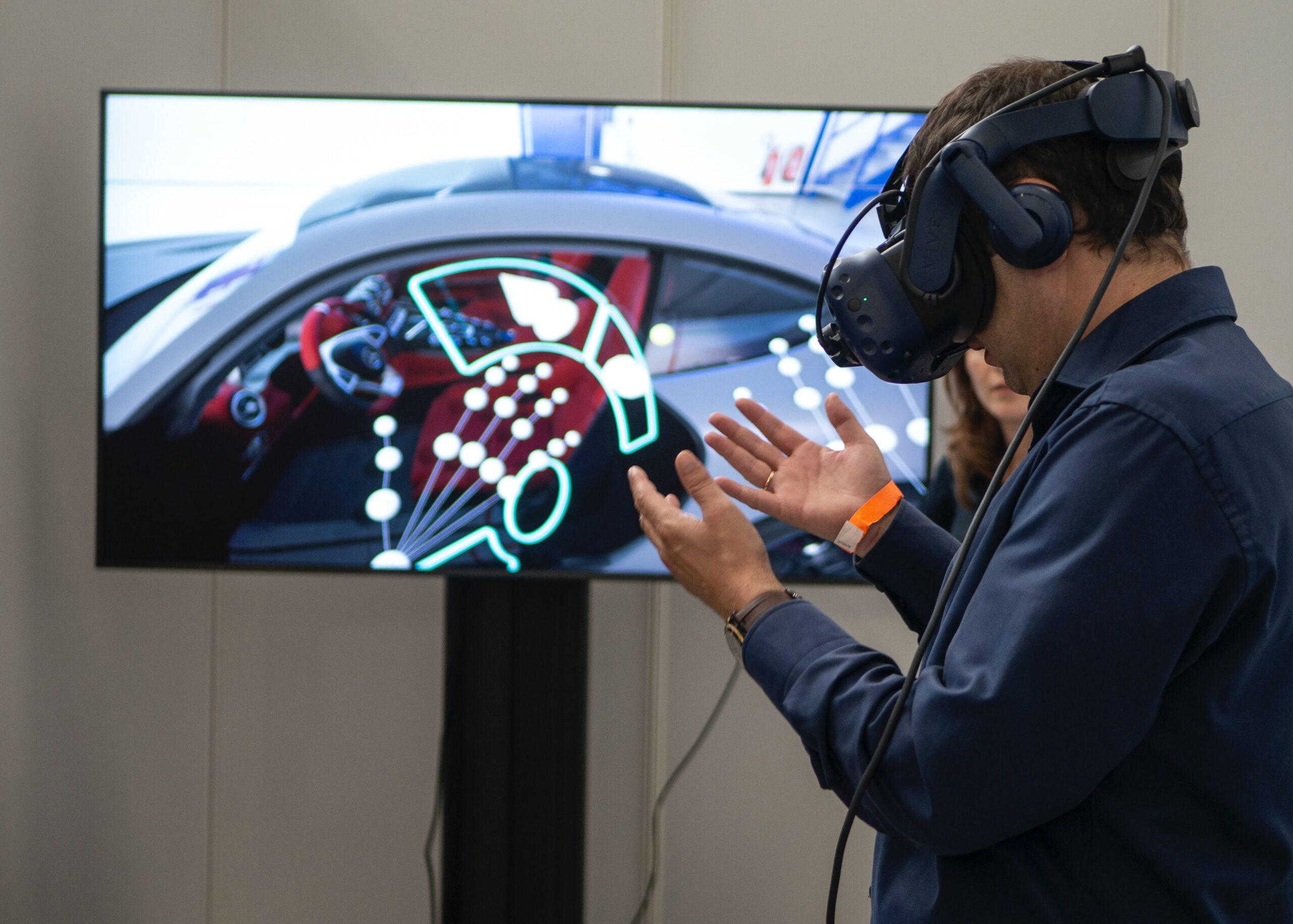
Virtual simulations or digital twins of machines, buildings, production processes, organizational systems, and more can help create efficiencies and enable quality control on an unprecedented scale.
A digital twin can be used to make sure all systems are working as they should. It could even take action on its own if something goes wrong or alert technicians when a particular part needs servicing. Digital twins are especially helpful when it comes to testing out new products or services before bringing them into use in the real world.
Such simulations can also be used in a variety of other ways, from training employees for emergencies and disasters to simulating the customer experience.
Microsoft’s Azure Digital Twins and NVIDIA’s Omniverse are some of the tools that allow this. To see what this might look like, check out this video from Microsoft.
Enterprises must manage this transition carefully
The metaverse is the future of work. But while exploring metaverse concepts and applications will be important for enterprises that want to gain an edge, the technology is still evolving. CXOs should carefully consider different use cases and the risks involved before investing in any particular approach.
As we develop and improve the metaverse, we should remember that it’s not just about how much data can be generated and consumed — but also about what happens to this data. CXOs must be aware of privacy and security concerns and strive to provide a safe platform for their employees or customers.
Change management among employees will need to be a top concern, as well as understanding any regulatory frameworks that govern this new virtual world. Extensive research and planning will be key to successfully unlocking new possibilities through the metaverse.
The metaverse is no longer just a concept — it’s happening right now. It may take time for it to become mainstream, but once it does, its potential for transformation in business will be unparalleled.
Read 8 Steps to Devising a Foolproof Customer Experience Strategy










